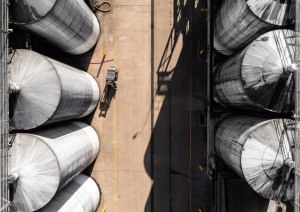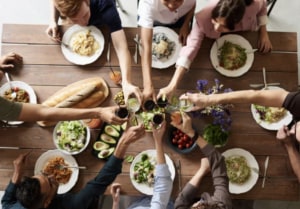With 2DBarcode technology, food safety for fresh foods is entering a new era for the retail sector. There is increasing recognition of the need to transform the way food is managed within the supply chain to ensure customer safety, and a trial at Woolworths stores proved successful.
Andrew Steele, account director for retail at GS1 Australia (a provider of standards and solutions), said, “One of the major challenges to achieving increased food safety in retail is the sheer volume of data in the supply chain. Data from multiple sources and in disparate formats. To date, the retail sector at large has not had the necessary tools to address this challenge in the context of today’s market conditions and operational realities.”
A solution to these issues is the 2DBarcode. GS1 Australia describes this technology as a content-rich, on-pack symbol that can transform fresh foods in the retail environment.
The single symbol enables multiple data elements to be available at point-of-sale including product batch/lot number, serial number, best before date, use-by date, pack date, weight, and price.
Maria Palazzolo, CEO of GS1 Australia said, “2DBarcodes can help solve many of today’s retail business problems in the areas of meat, seafood, deli, dairy, bakery, as well as packaged fruit and vegetables because one small barcode can reveal a wealth of information that just can't be squeezed onto a traditional linear barcode.”
Woolworths has piloted 2DBarcodes across several stores in Sydney. General manager of business enablement at Woolworths Richard Plunkett said the trial was a success and was a demonstration of the technology’s potential.
“We're excited to see how they can improve food safety across the entire Woolworths network,” Plunkett said.
The advantages to 2DBarcodes are manifold. First, it can help customers by stopping products at the register. If an out-of-date or recalled product is scanned at the point of sale, the information contained in the 2DBarcode can alert the customer and prohibit the product from being purchased.
For suppliers and retailers, food products can be recalled by batch lot number. The affected batch lots can be identified more accurately within the supply chain. This means only the affected products need to be removed from warehouses and supermarket shelves. The product recall process currently requires all recalled products to be removed from the supply chain and disposed of, according to GS1 Australia.
The information supplied by 2DBarcodes will also allow retailers to pinpoint the specific batches affected by a recall or withdrawal and trace it back through the production line, making it easier to identify the source of contamination.
2DBarcodes also help increase food freshness and sustainability. The extra data enables improvements to date management, enhancing product rotation to increase food freshness and reduce food waste.
In the future, GS1 said customers will access the information contained within 2DBarcodes on their smartphones.






